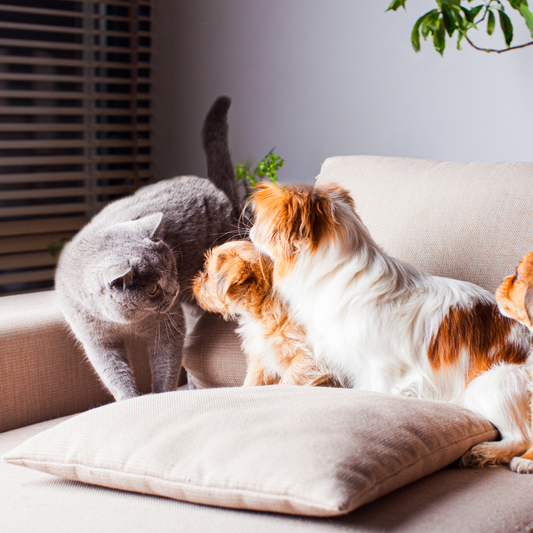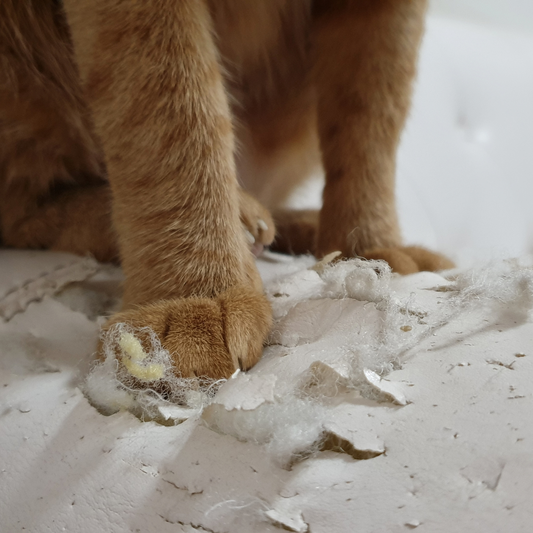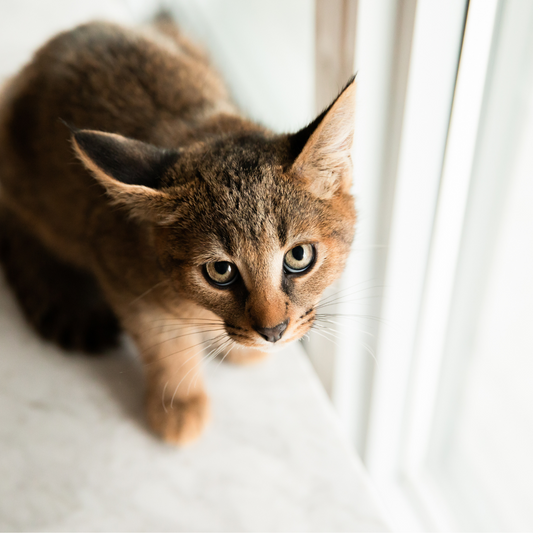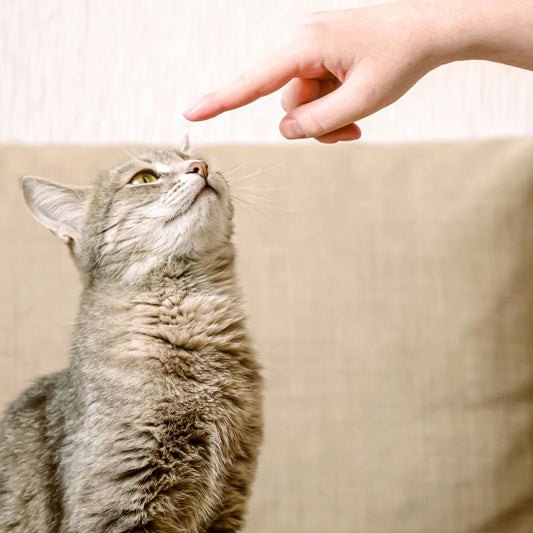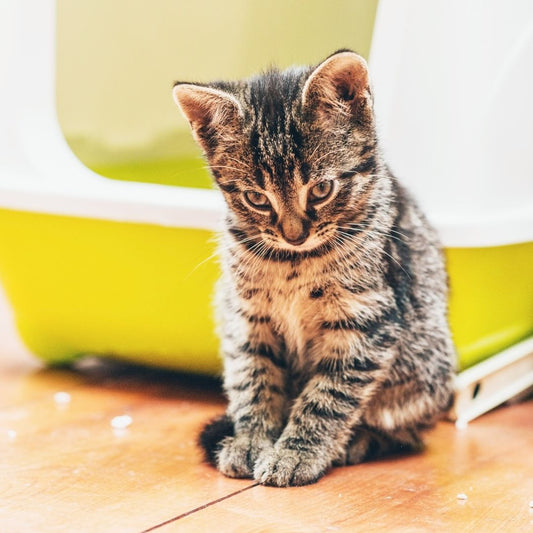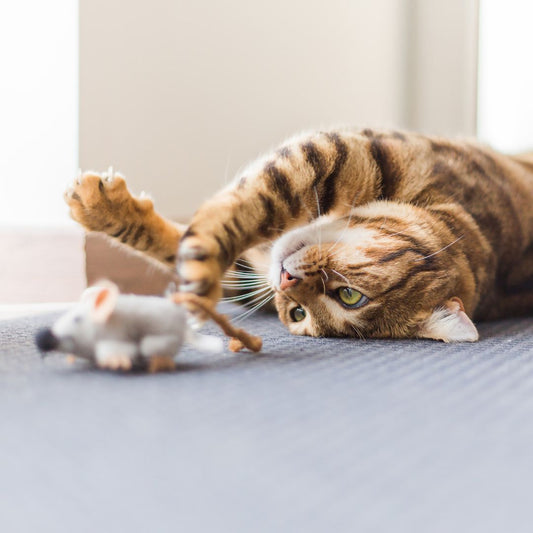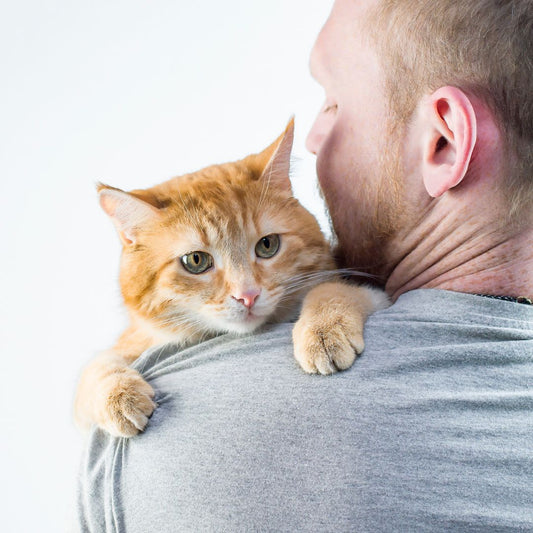Introducing A Cat Into Your Home: With And Without Other Animals
Protecting Your Furniture: How To Prevent Cat Scratching
What to do if my cat is affraid of people
Can Cats Be Trained ?
Do not go on social medias to resolve a litter box issue
The Importance of playtime
Choosing the Right Cat for you


